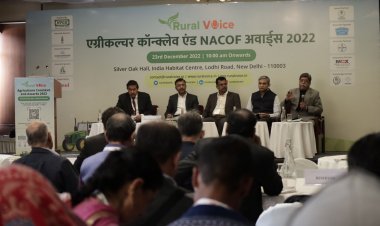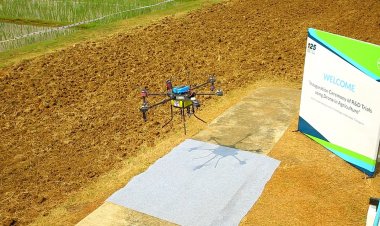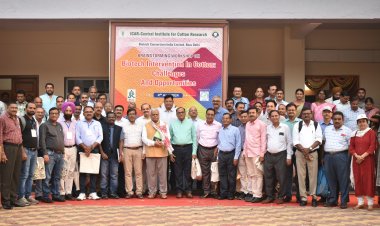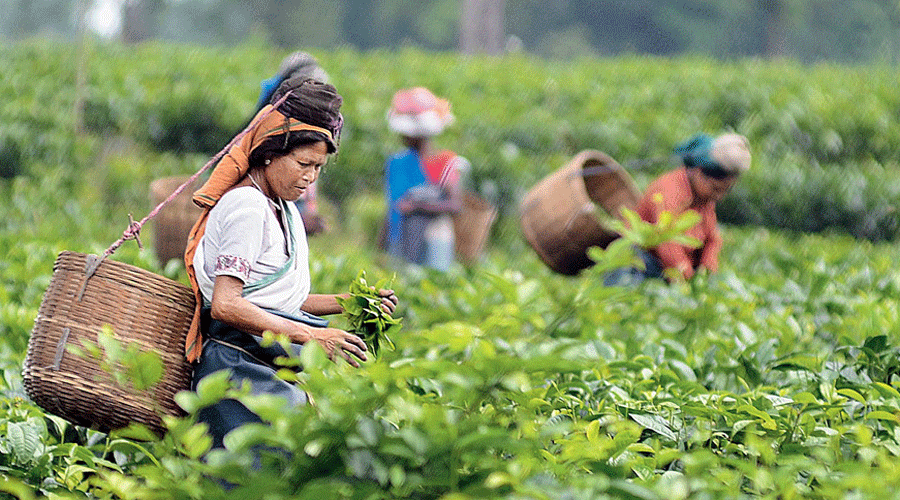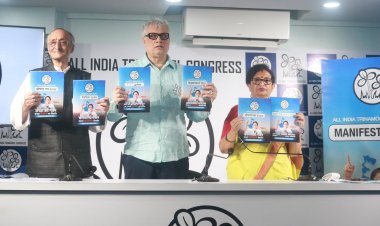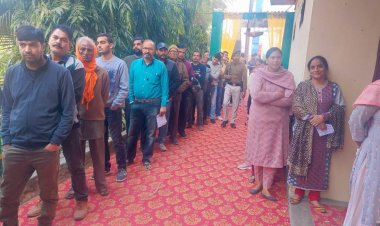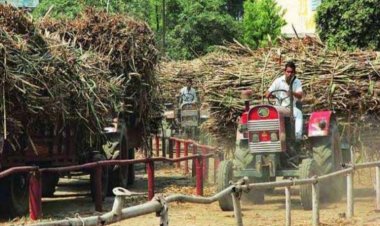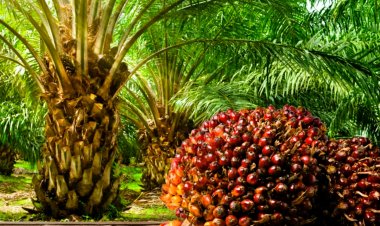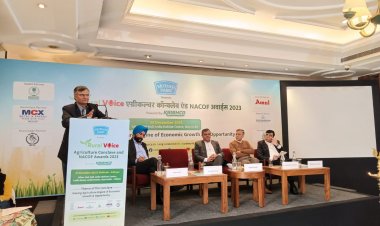How small distillation units benefit aromatic plant farmers
The small distillation unit with 500 kg tank capacity costs about Rs 2.5 lakh while the one with 1000 kg tank capacity is available for about Rs 4.5 lakh. An area of 10 square metres is sufficient for its installation.
People are turning to aromatic and medicinal plants to increase the immunity of their bodies and to promote better health. The distillation units to extract oil from these plants are generally huge and expensive. Installing these is not possible for the common farmer.
In order to make it possible for the common farmer to install distillation units, low-cost small distillation units have been developed. This new episode of Rural Voice Agritech Show has been made on how small distillation units work, how much they cost, how distillation takes place, how the farmers benefit from the small unit etc. Its video is available on the website. Dr Sanjay Kumar, Principal Scientist, Central Institute of Medicinal and Aromatic Plants (CIMAP), Lucknow, shares information about the small distillation unit in this episode. You may click on the video link above to watch the show.
According to Dr Sanjay Kumar, the demand for Ayurvedic medicines and products made from aromatic plants has gone up these days. People have been more inclined towards these during the Covid-19 pandemic to increase the immunity of their bodies. He says, “We are, therefore, advising the farmers to go for aromatic plant farming, too, along with traditional farming to augment their income.” He says that there are thousands of plants in India that are used for medicinal purposes. There is a huge demand for products and medicines made from them both within the country and abroad.
Dr Kumar says that the companies use oils extracted from these plants in aromatherapy besides making various fragrant oils, soaps and creams. There are several plants, including mentha, tulsi (holy basil), citronella, lemongrass and palmarosa, from which farmers can extract oil and sell it to companies. Distillation units are required for this. It is to meet this need of the small farmers that low-cost small distillation units have been developed.
As explained by Dr Kumar, there are two kinds of distillation unit. One is direct fire-based and the other is boiler-based. Small distillation units are mostly fire-based. It has three components — furnace, tank and condenser. The tank is mounted on the furnace. Plants are cut and filled into the tank. The heat of the furnace evaporates the plants and the steam enters the condenser. On cooling in the condenser, a mixture of oil and water is obtained, the former floating above the latter. Finally, a separator is used to separate oil from water.
Dr Kumar says that the small distillation unit with 500 kg tank capacity costs about Rs 2.5 lakh while the one with 1000 kg tank capacity is available for about Rs 4.5 lakh. An area of 10 square metres is sufficient for its installation.
Citronella oil is used for making perfumes, mosquito-repellent oils, room fresheners and sanitizers as well as in herbal therapy. It is priced at Rs 700-800 in the market. Lemongrass oil sells in the market at Rs 1,200-1,300 per litre. Palmarosa oil is used for making rosewater, perfumes and soaps. It costs Rs 2,000-2,200 per litre in the market. About 100-120 litres of oil can be obtained from these plants grown in an area of one hectare. Says Dr Kumar, “The government is also extending every support possible to the farmers in order to promote aromatic farming.”
Samir Chadha, who resides near Lucknow and runs Chadha Aroma Farm, says in the Rural Voice Agritech Show that he has 1000kg distillation units. He says, “With a view to the demand for the oil from aromatic and medicinal plants, I trained at CIMAP, Lucknow, and started their farming.” He then installed these distillation units. He extracts mentha, tulsi, citronella, lemongrass, palmarosa and turmeric oils.
According to Samir, extracting oil is profitable. While dry lemongrass sells at Rs 30 a kg, lemongrass oil sells at Rs 1,200 a litre, he says. Thus, distillation units help farmers increase their profits.











